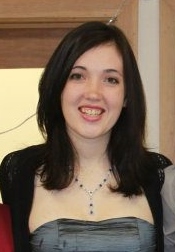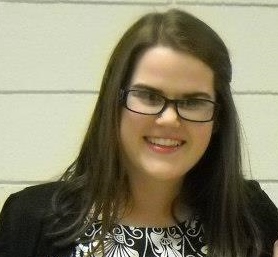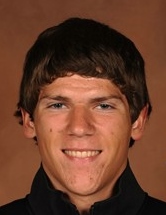Celebration of Scholars
Isolation and Identification of a Potentially New Relative of Bacillus stratosphericus from Lake Michigan Water Samples
 Name:
Faith Wittmus
Name:
Faith Wittmus
Major: Biology
Hometown: Laurens, IA
Faculty Sponsor:
Other Sponsors:
Type of research: Course project
 Name:
Chelsea Burns
Name:
Chelsea Burns
Major: Biology
Hometown: Rockton, IL
Faculty Sponsor:
Other Sponsors:
Type of research: Course project
 Name:
Angela Fuller
Name:
Angela Fuller
Major: Biology and vocal music core
Hometown: Greendale, WI
Faculty Sponsor:
Other Sponsors:
Type of research: Course project
 Name:
Chris Nelson
Name:
Chris Nelson
Major: Biology
Hometown: Annawan, IL
Faculty Sponsor:
Other Sponsors:
Type of research: Course project
Abstract
Lake Michigan is a diverse ecosystem that supports a variety of microbial life. During the Microbiology course, our group collected two samples of water from the lake, and two types of bacteria were isolated. Multiple identification tests were run to determine the identity of these bacteria. The first unknown bacterium, CAF, was not able to be conclusively identified due to complications with growth in the laboratory. The other bacterium, WAC, was determined to be a gram positive, rod-shaped bacterium and a close relative to Bacillus stratosphericus. Other factors, such as having the ability to produce catalase and endospore formation capabilities were also consistent with B. stratosphericus identification. Isolation of B. stratosphericus from the lake was unexpected as it is found in the stratosphere where it is believed to be associated with clouds. Despite the similarities mentioned above, WAC did not match B. stratosphericus perfectly based upon DNA analysis and may actually be a novel species.
Submit date: March 15, 2013, 2:29 p.m.
